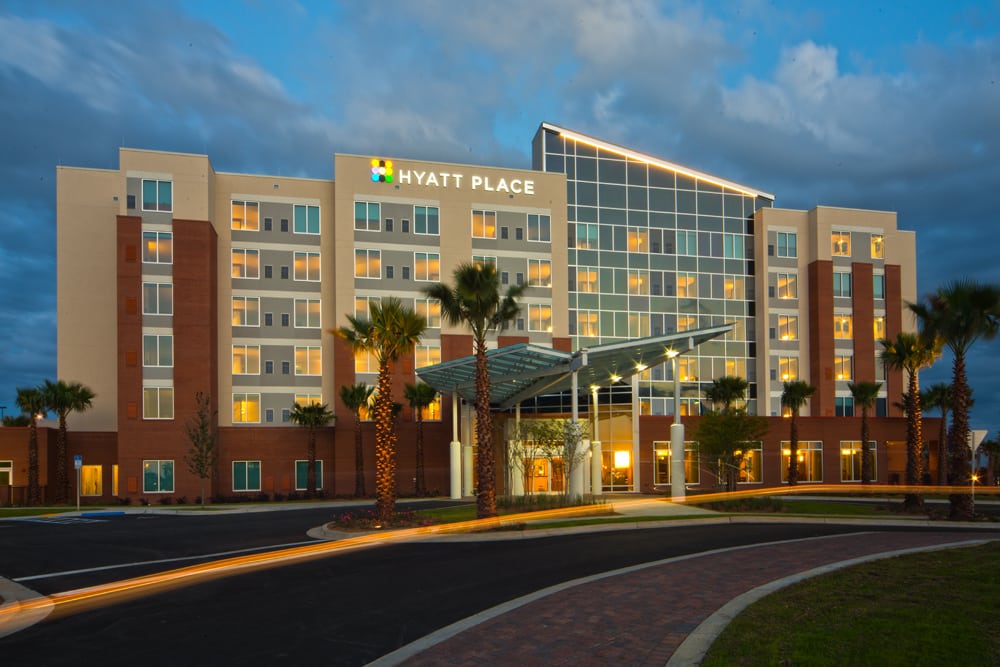Skift Take
Hyatt knows that its business is heavily skewed towards affluent and experienced travelers and it's done well to establish itself as a dominant player in many gateway destinations. But the combination of hotel consolidation and a rising middle class has made it think differently about how and where it wants to position itself.
Luxury has increasingly become a flashpoint in hospitality but some hoteliers, including Hyatt CEO Mark Hoplamazian, realize that they can’t ignore the growing global middle class that includes more than three billion people.
Income inequality and how the travel industry can bring the working and middle classes into the fold were both top-of-mind for travel executives and political leaders at the World Travel & Tourism Council Global Summit in Buenos Aires, Argentina last week. Hospitality executives such as Hoplamazian have brought more luxury and lifestyle brands into their portfolios in recent years, but are also considering how to reach more middle-income travelers.
Hoplamazian said the middle class, which he refers to as the commercial or consuming class, includes people traveling for business but also with their families. “These are people who are working, and have jobs that take them on the road, but also people who are choosing to actually spend money on travel,” he told Skift. “I think that population is growing tremendously.”
Although Hyatt is considered an aspirational brand and a bit pricey for many members of the middle class, according to Hoplamazian, the company remains focused on the segment because of its rapid growth.
“For our focus, in the markets in which those populations are growing the fastest, China would be at the top of that list,” said Hoplamazian. “Our focus is to really focus on the expansion of Hyatt Place and Hyatt House, which are select-service brands, which are at a more approachable price point than our full-service hotels.”
Hoplamazian views more affordable brands such as Hyatt Place and Hyatt House as gateways to other brands in the Hyatt’s portfolio. “We need to pay attention to developing those populations, those people, as potential outbound travelers for the brand,” he said.
This also isn’t Hoplamazian’s first time talking about this segment, as he said back in 2015 that the Hyatt House and Hyatt Place brands would account for a large chunk the Hyatt’s pipeline in the near-term.
“We’re thinking very hard about, and taking action, to make sure that we are providing awareness of and exposure to the Hyatt system for those customers,” said Hoplamazian. “China ends up being a very important market for us, not just because of the growth within China, but because of the outbound travel.”
But China isn’t the only market with a growing middle class where Hyatt and other companies are expanding their footprints. Latin American revenue-per-available-room, for example, is up 3 to 4 percent year-over-year for Hyatt.
“We have good, mostly, gateway city kind of representation, and have had for a long time, so our representation’s established on the back of really excellent hotels and good, quality reputation, but we don’t have much depth,” said Hoplamazian.
While Hyatt recently opened properties in Lima, Peru, and Santiago, Chile, as part of its Hyatt Centric brand, considered upper upscale, the company is looking at other opportunities for the region. “We could always benefit from identifying other things that we could do to expand the presence that we’ve got in different markets,” Hoplamazian added.
“I think the Hyatt Centric brand has a great vibe to it. It’s got a vibrancy and humanity to it that I think a lot of people in the local markets expressed a great interest in,” said Hoplamazian. “I think it will be really successful. They’re also extremely high-quality hotels. From a quality and consistency with how people perceive Hyatt as a quality brand, it’s self-reinforcing.”
More than five billion people will make up the global middle class by 2030, according to projections from the Brookings Institution, and much of that growth will be concentrated in emerging economies such as China and India. This segment will also spend $29 trillion more per year by 2030, or about one-third of the global economy.
Other hotel companies such as Wyndham Worldwide have spoken about the importance of the middle class, and that shouldn’t come as a surprise given the surge of disposable income that’s at play with much of the middle class.
Hyatt, like some other hotels, has work to do to position itself as more attainable in many markets for middle-income travelers and families new to travel and has figured out that it needs to move beyond major gateway destinations do accomplish that.
Have a confidential tip for Skift? Get in touch
Tags: hyatt
Photo credit: The Hyatt Place brand, pictured here, is part of Hyatt's strategy to lure more of the growing global middle class into its portfolio. Innisfree Hotels / Flickr
